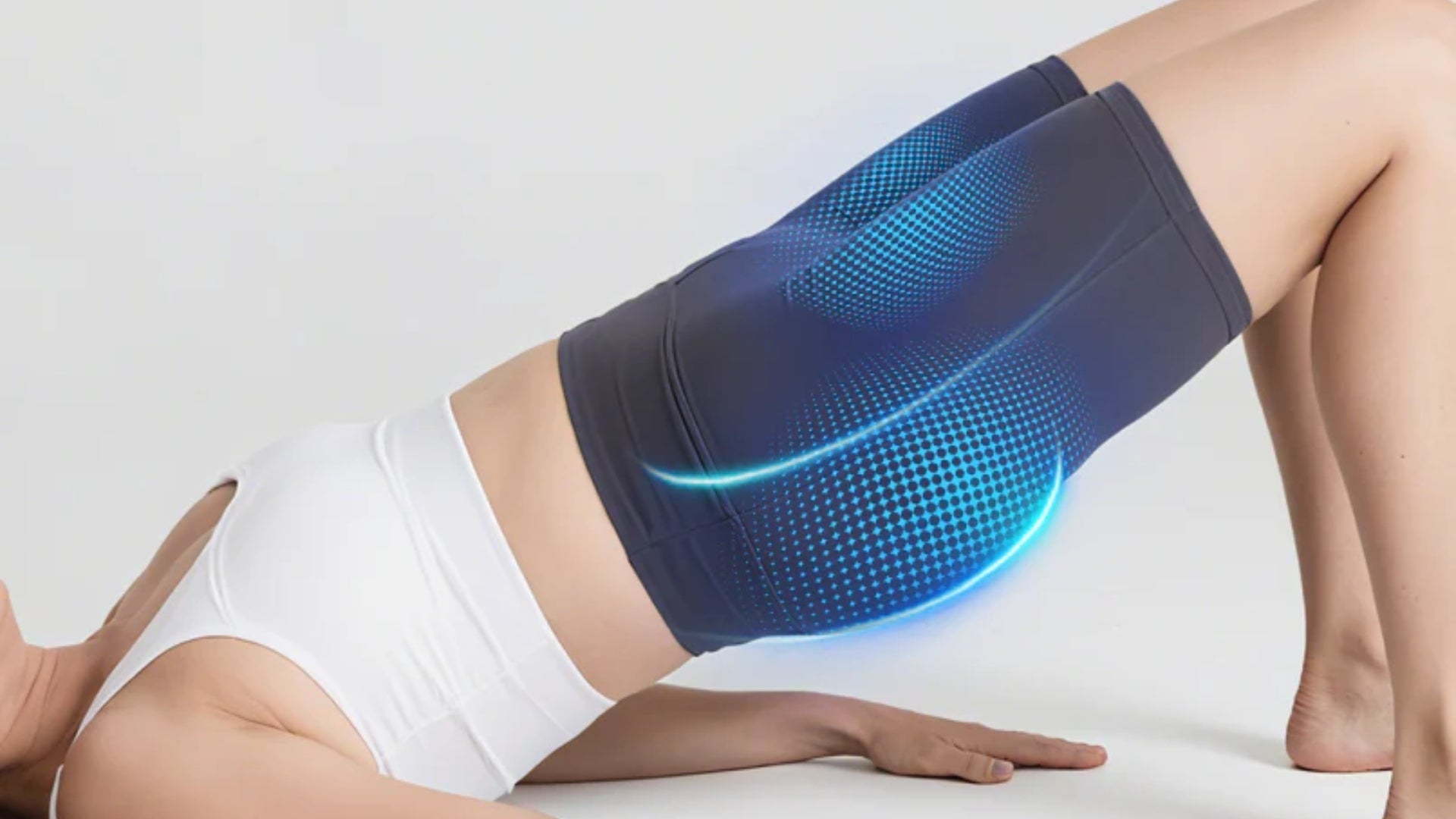
What Is an EMS Workout? A Practical Guide
JustinLinShort on time but still want meaningful results? An EMS workout (Electrical Muscle Stimulation) uses short electrical pulses to make muscles contract — amplifying the activation you get from voluntary movement. In plain terms: EMS doesn’t replace movement, it multiplies it. Below we explain how EMS works, what to expect, who benefits most, and then test four real devices so you can pick the right tool for your goals.
What is an EMS workout?
An EMS workout uses electrical impulses delivered via electrodes to trigger muscle contractions. These impulses mimic the brain’s signals and recruit additional muscle fibers — including deeper or harder-to-activate fibers — so that each contraction is more intense than it would be with voluntary effort alone. EMS sessions are usually paired with light, guided movements to maximize results.
How does EMS actually work?
Electrodes placed on the skin send pulses that cause muscles to contract and relax. Modern EMS systems let you control pulse frequency, duration, and intensity. Different programs (strength, recovery, endurance, pelvic floor, etc.) use different waveforms and timings to produce their effects.
What an EMS session feels like
Expect a focused buzzing or pulsing as muscles contract, often in time with slow, controlled movements (squats, bridges, planks, etc.). Intensity is adjustable — start low and increase to a comfortably strong contraction. Sessions are typically 10–30 minutes, depending on device and program.
Who should try EMS?
- Busy people wanting efficient training.
- Athletes supplementing strength/recovery.
- People rehabbing muscle loss under professional guidance.
- Users targeting specific areas (glutes, pelvic floor, thighs) or seeking low-impact training.
How to choose an EMS device
- Device type: suit/shorts (broad coverage) vs. pads (targeted) vs. professional stimulators (modular).
- Programs & frequency ranges: look for modes matching your goals (strength, recovery, pelvic floor, pain relief).
- Electrode quality & coverage: more, evenly placed electrodes = more even activation.
- Ease of use & support: app control, presets, and clear guides matter for home use.
1. Swirise EMS Toning Shorts— Best for targeted glute + pelvic floor shaping
Price: $299
What it is: A wearable EMS short designed specifically for glute lift, thigh sculpting, and pelvic floor strengthening. According to the brand, it’s FDA-cleared technology with targeted programs.
What we tested / observed: The shorts are easy to put on and feel comfortable during a 15-minute session. The glute-specific pulses are deep and focused without being sharp. Pelvic-floor mode uses smaller, faster pulses geared toward internal activation. No gels required — the garment itself houses the electrodes.
Pros
- Simple, focused design — specifically targets the lower body and pelvic floor.
- Short sessions (15 min) fit busy schedules.
- No gels, a wearable garment is convenient.
- Lower price for targeted shaping.
Who it’s best for: Users focused on glute lift, thigh toning, and pelvic-floor strengthening who want a convenient, home-ready device.
Verdict: Great value for targeted body shaping. If your priority is lower-body sculpting or pelvic floor rehab, these shorts are an excellent, accessible option.
2. Compex FIT 5.0 — Best for athletes and performance-focused users
Price: $757
What it is: A modular wireless stimulator with Compex’s MI (Muscle Intelligence) tech that scans muscle response and automatically adjusts stimulation parameters. Includes a broad set of fitness, recovery, rehabilitation, and pain-management programs.
What we tested / observed: The MI-scan feature is a standout — it customizes stimulation, which improves comfort and effectiveness. The device supports multiple channels (2 or 4 modules), allowing simultaneous stimulation across muscle groups. Program variety is extensive (strength, explosive power, recovery, massage, pain relief).
Pros
- MI technology tailors stimulation to each muscle for better comfort and effect.
- Robust program library suitable for athletes, rehab, and recovery.
- Wireless modules increase training flexibility.
Who it’s best for: Athletes, trainers, and serious exercisers who want precise, adaptable EMS and professional-level programs.
Verdict: Compex FIT 5.0 is a premium, well-rounded stimulator with intelligent auto-adjust features — ideal if you want a performance-grade EMS tool.
3. PowerDot 2.0 Duo — Best for recovery, pain relief, and app-driven convenience
Price: $399.99
What it is: A smart, dual-channel TENS + NMES device controlled by an app that offers targeted programs for pain management, recovery, and muscle stimulation. The Duo lets you treat two areas simultaneously.
What we tested/ observed: The app experience is smooth; preset programs (including period pain relief) are clear and easy to start. TENS programs feel effective for sensory pain relief; NMES programs create firm contractions useful for rehabilitation and recovery. Dual channels let you treat both sides of a muscle group at once.
Pros
- App integration with personalized programs and fitness app connections.
- Good mix of TENS (pain relief) and NMES (muscle stimulation).
- Dual-channel operation speeds up bilateral treatments.
Who it’s best for: People who want recovery and pain relief, athletes looking for targeted support, or users seeking app-guided ease. Also handy for period-cramp relief.
Verdict: PowerDot 2.0 Duo is an approachable, smart solution for recovery and targeted stimulation, ideal if you want a portable, tech-forward device.
Swirise EMS Fitness Suit — Best for full-body training and high-end wellness
Price: $2,999
What it is: A full-body EMS suit designed for workouts, recovery, and broader wellness claims (muscle growth, circulation, skin health, brain health, immune support, stress relief). Offers multiple modes.
What we tested / observed: The suit delivers broad, simultaneous activation across muscle groups; programs are comprehensive, and the intensity range is wide. Sessions feel immersive and can replace longer traditional workouts for time-strapped users. The device’s high price positions it as a premium home/studio product.
Pros
- Whole-body coverage — efficient for full-body sessions.
- Wide range of programs from relaxation to professional modes.
- Designed for users seeking comprehensive wellness features beyond pure aesthetics.
Who it’s best for: Dedicated users who want full-body EMS training at home or studios offering high-end services, and those who value a one-device-for-all approach.
Verdict: Powerful and versatile — if you want full-body EMS and have the budget, Swirise’s suit is a top-tier choice.
Which device should you choose?
- Best for lower-body shaping & pelvic floor: Swirise EMS Toning Shorts ($299) — targeted, convenient, affordable.
- Best for athletes & precise training: Compex FIT 5.0 ($757) — modular, smart MI tech.
- Best for recovery & pain relief: PowerDot 2.0 Duo ($399.99) — app-led, dual-channel TENS + NMES.
- Best for full-body training & high-end home use: Swirise EMS Fitness Suit ($2,999) — broad programs and coverage.
Practical sample routine
- Warm-up: 3–4 minutes of light dynamic movement.
- EMS activation: 12–15 minutes of guided program (e.g., glute-focused or full-body strength mode). Perform slow, controlled movements in sync with pulses.
- Cool-down: 2–3 minutes light walking and stretching.
Start 1–2 sessions/week for beginners; progress to 2–3 sessions as tolerated. Adjust intensity based on comfort and guidance.
Final thoughts
An EMS workout is a smart, time-efficient way to amplify muscle activation — whether you’re targeting glutes and pelvic floor with dedicated shorts, training like an athlete with a modular stimulator, easing pain and recovering with app-guided pads, or committing to full-body sessions with a premium suit. Choose based on your goal, budget, and whether you prefer targeted convenience or full-body investment.

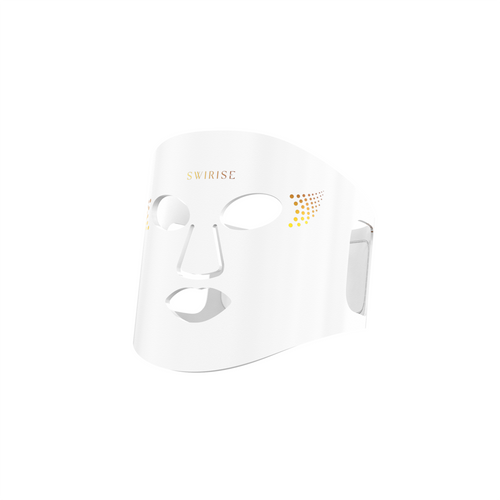

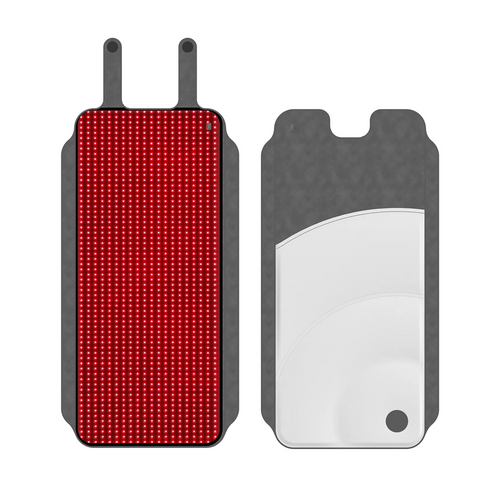
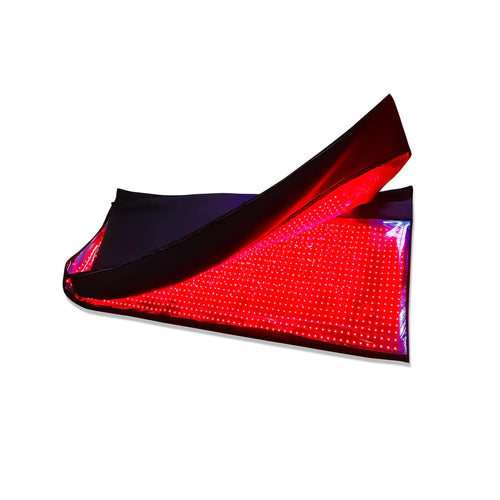
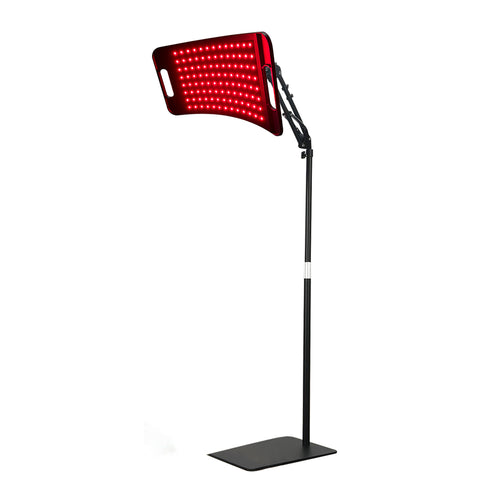
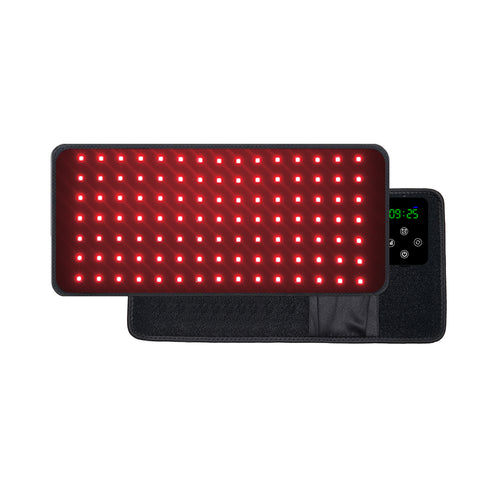

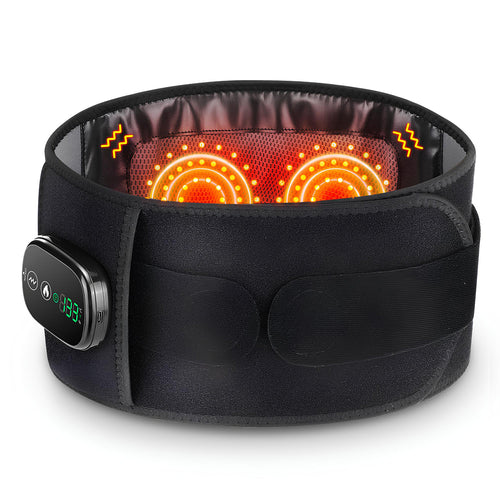
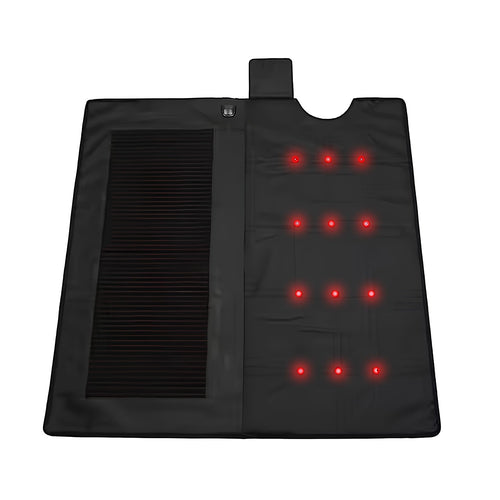
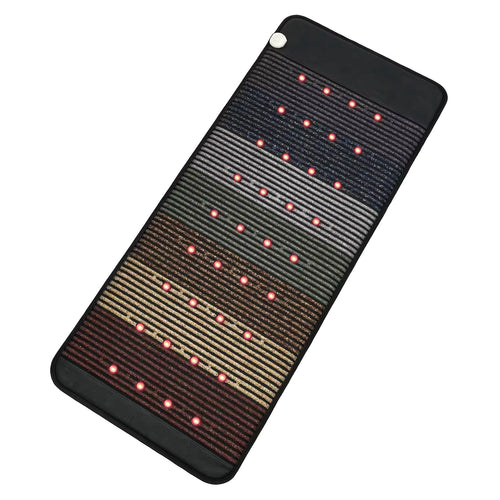

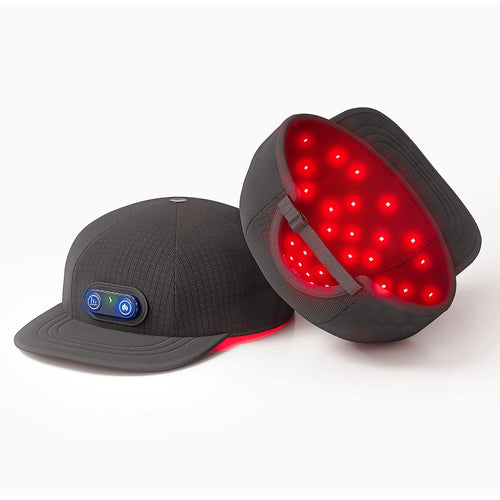
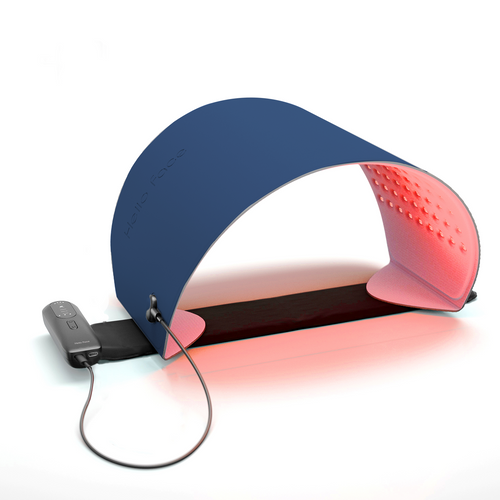
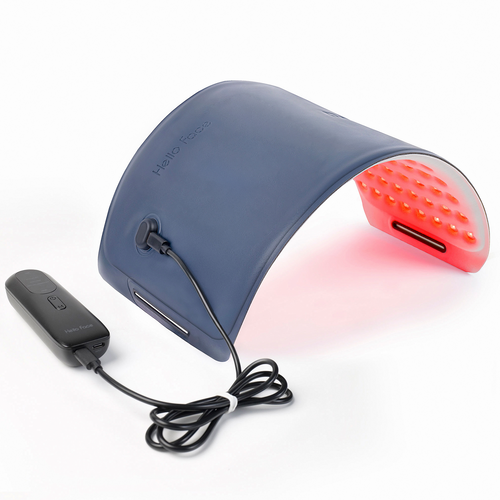

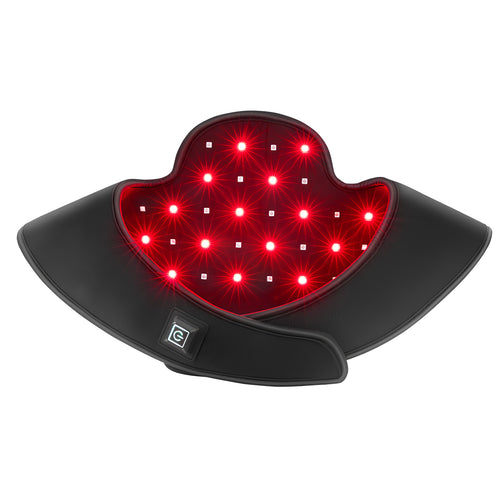
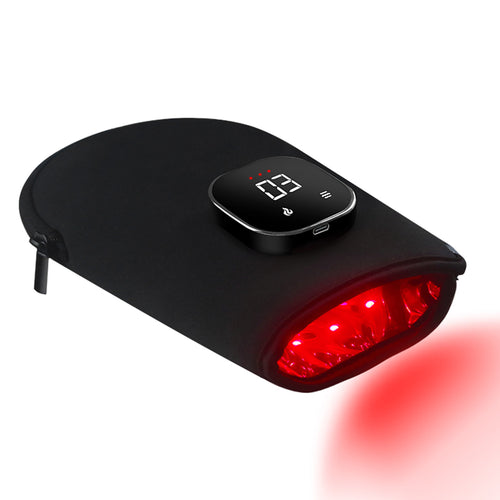

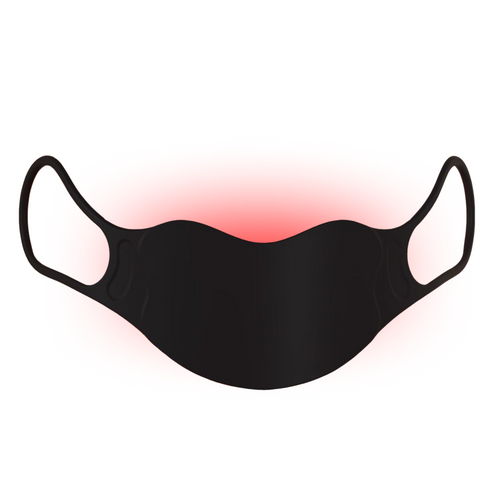
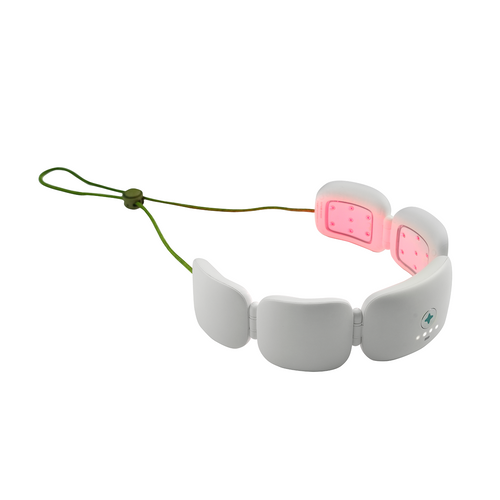
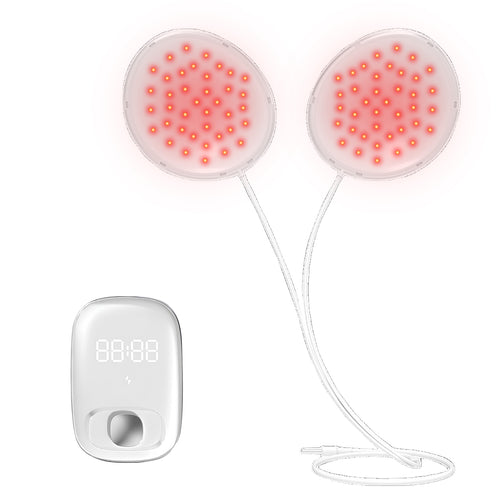

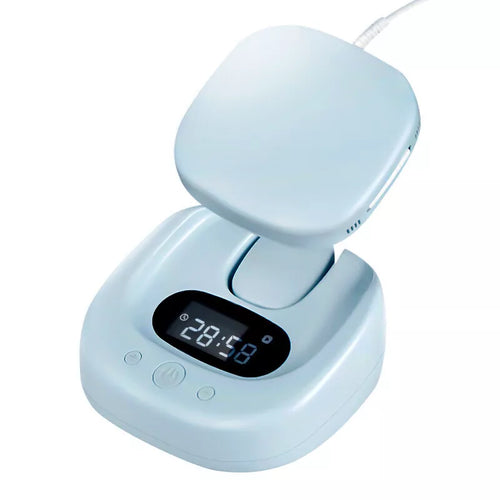

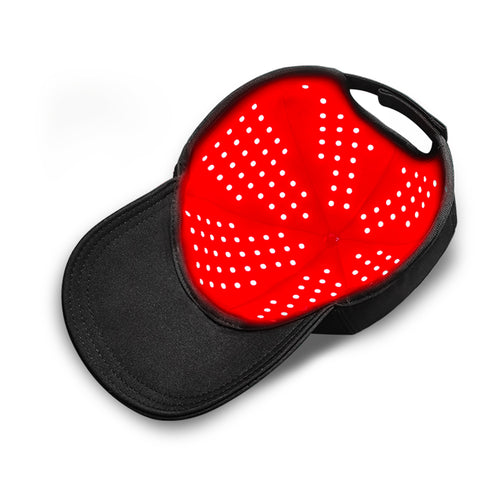
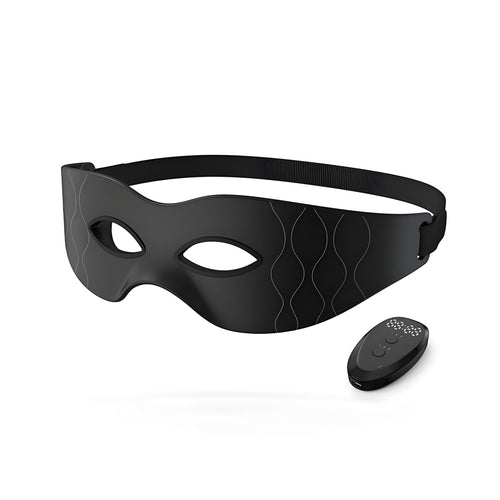
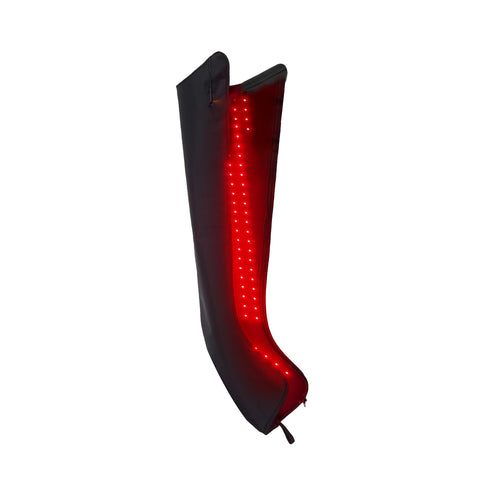
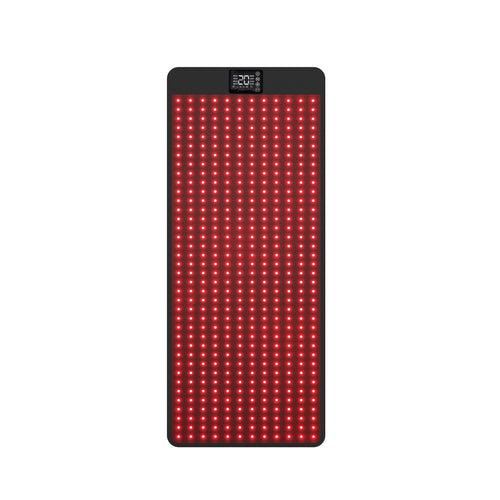

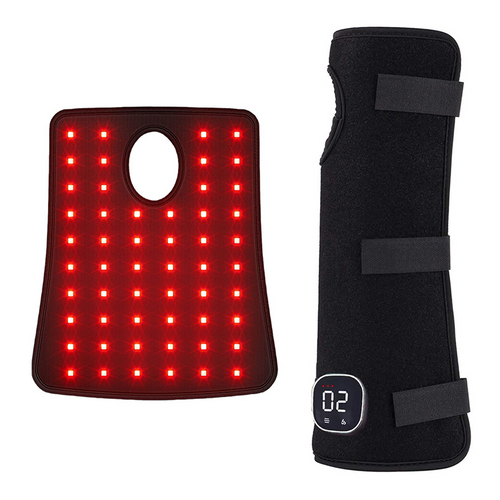
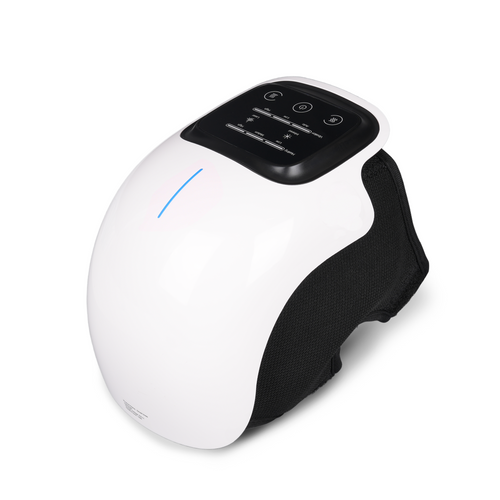
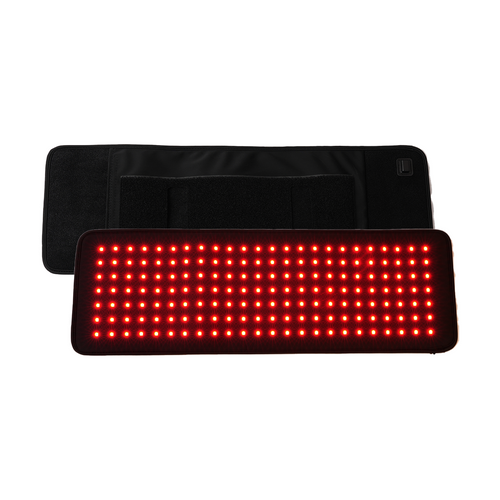
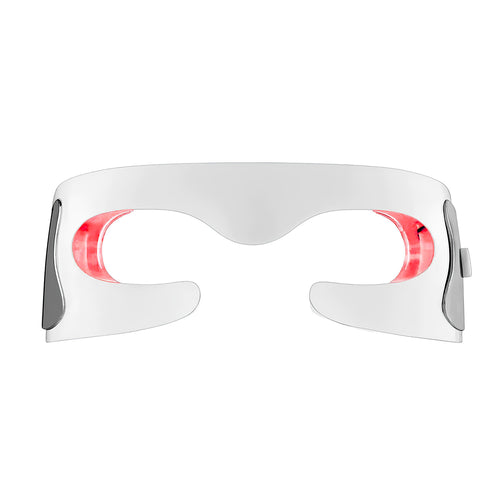
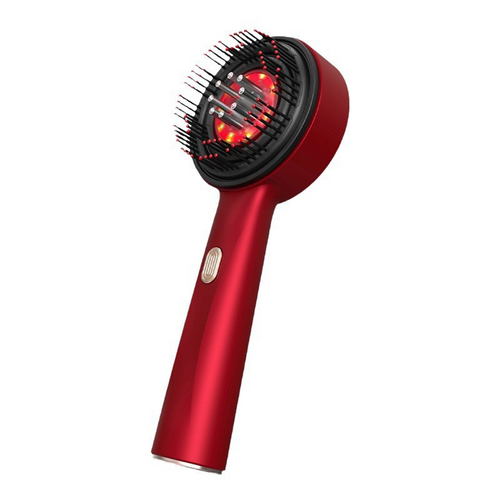
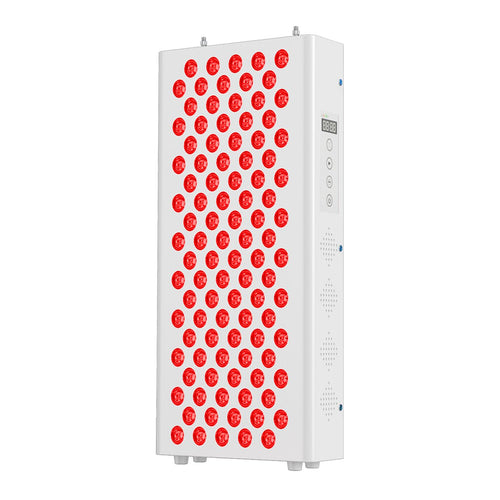
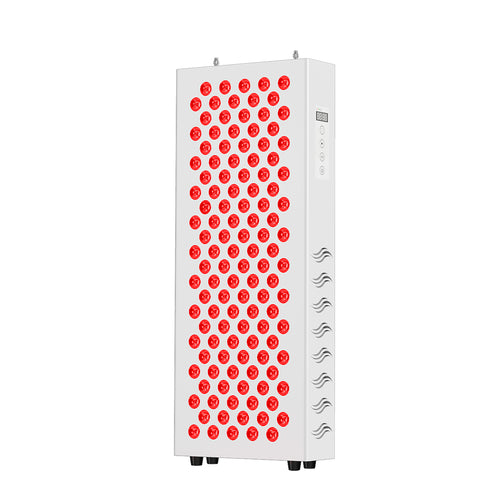
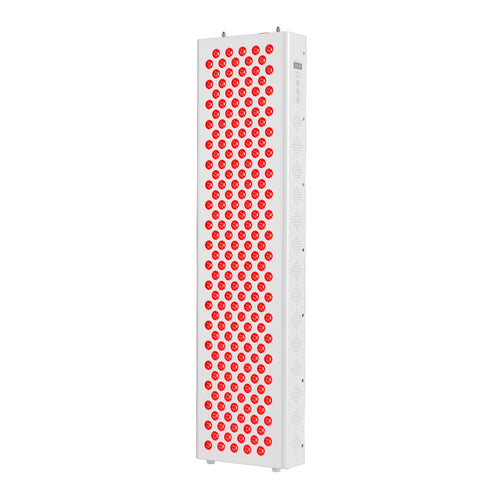
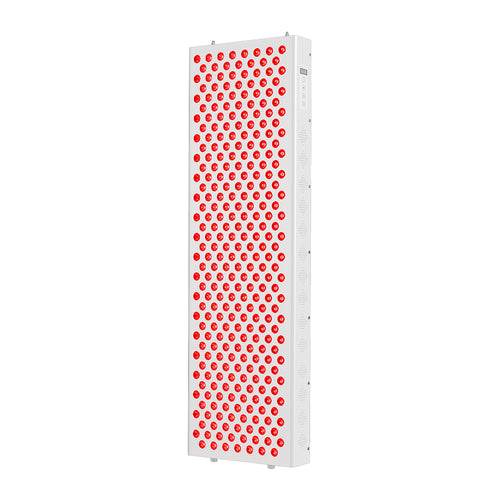


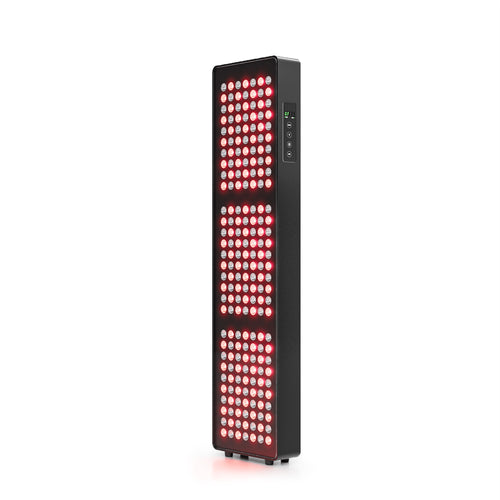
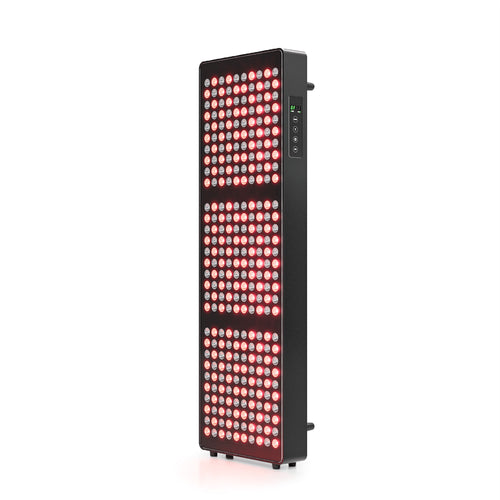

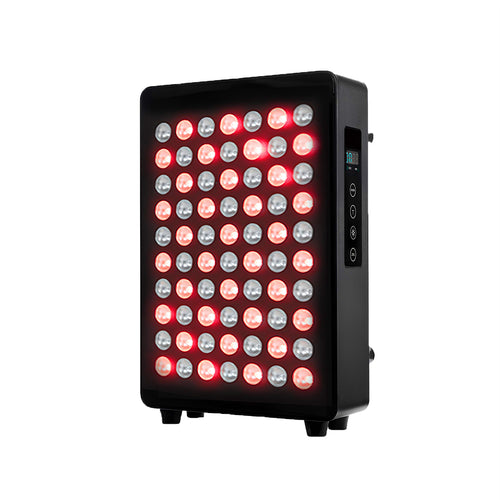
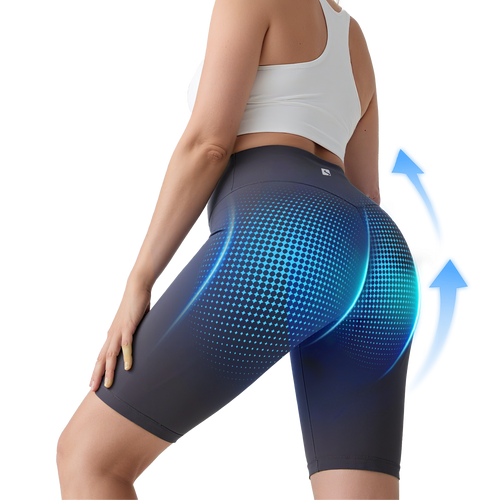
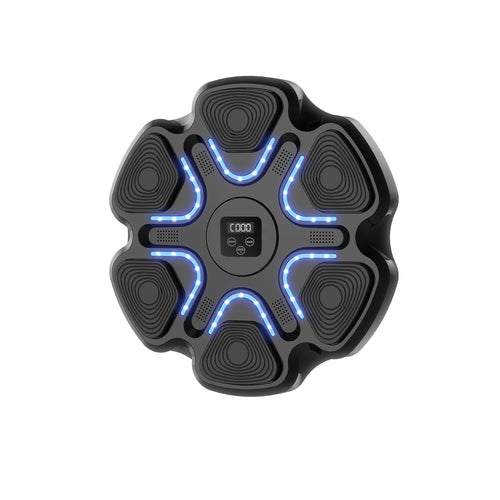

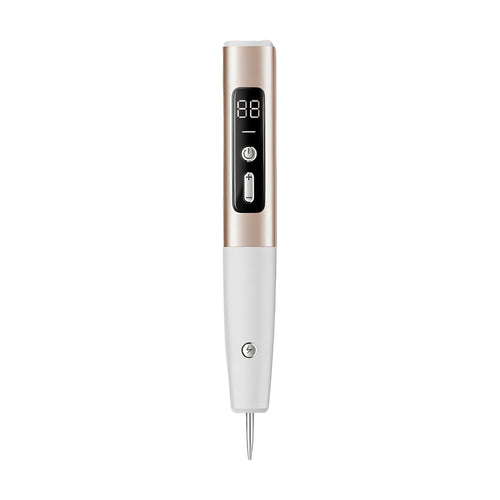
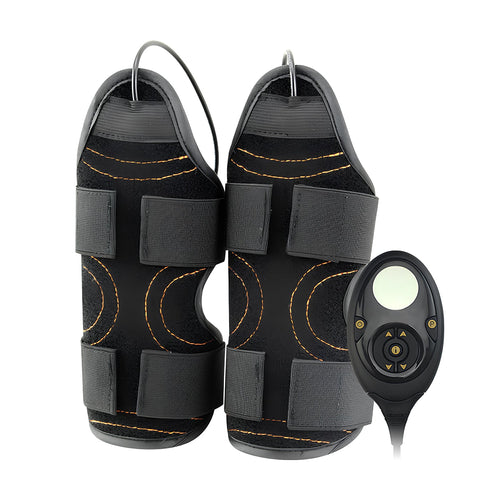
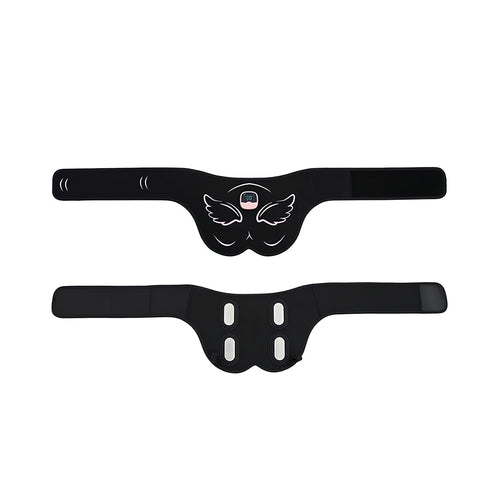
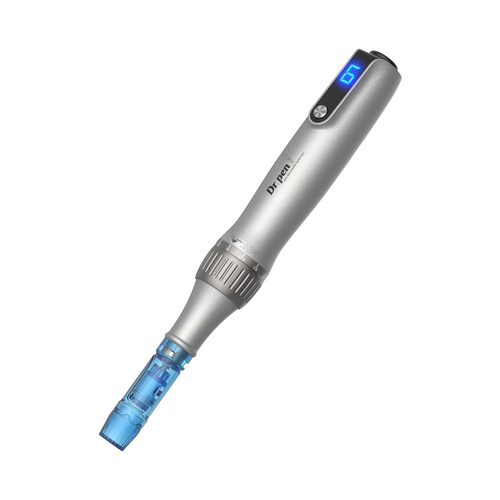
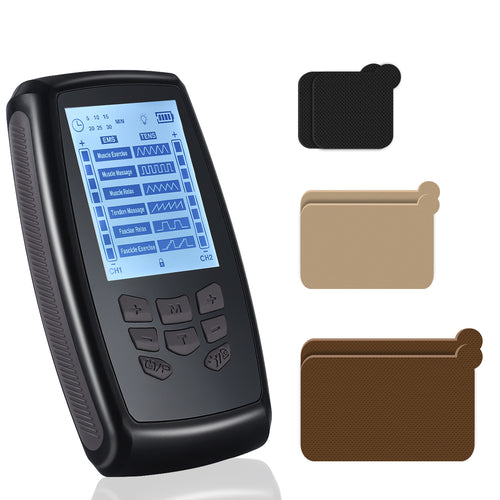

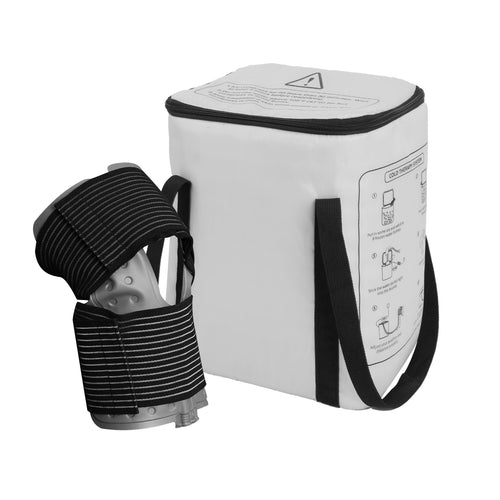
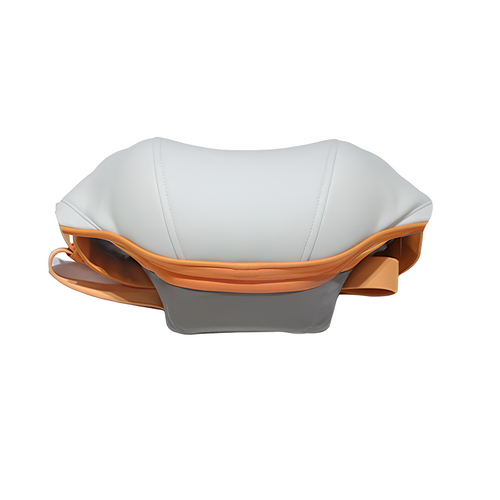


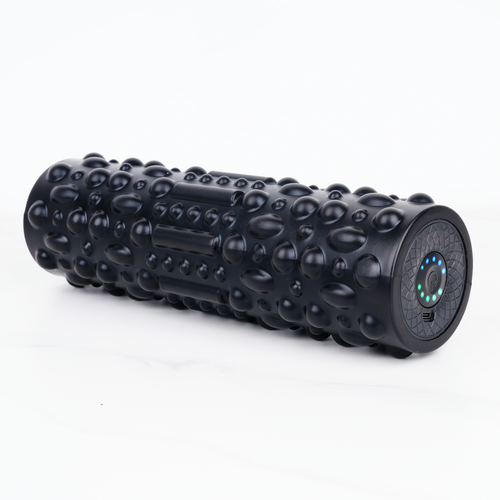
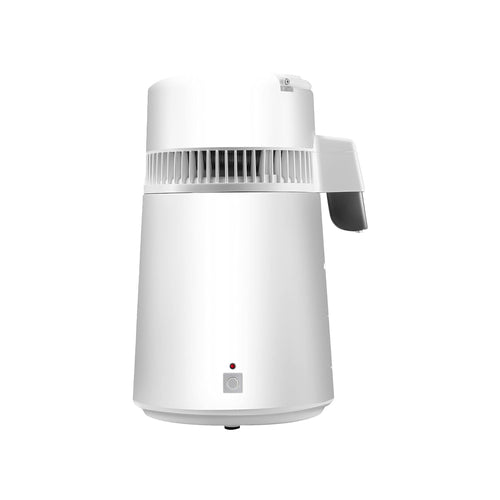

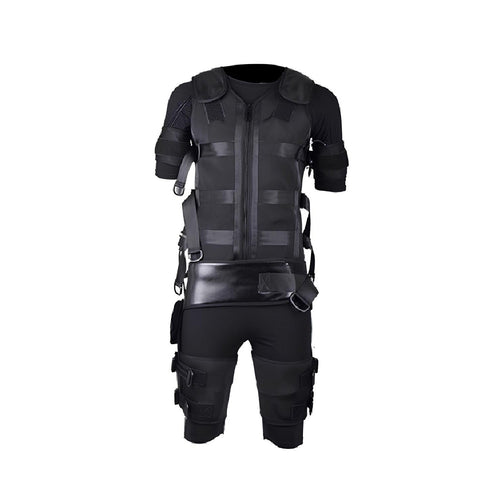

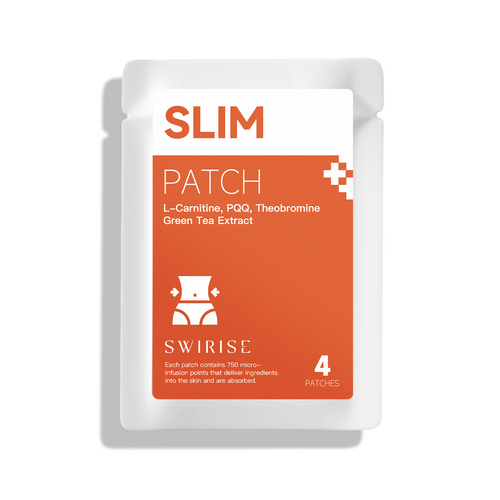

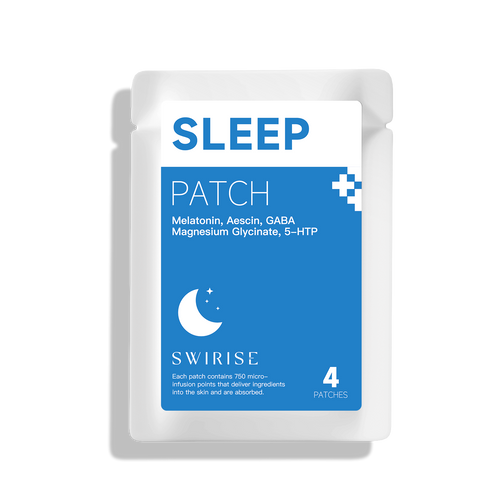
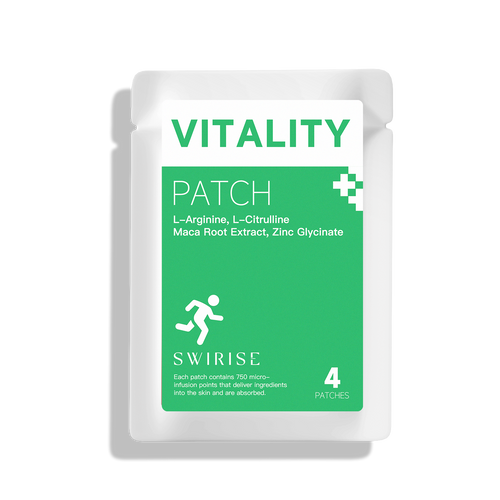
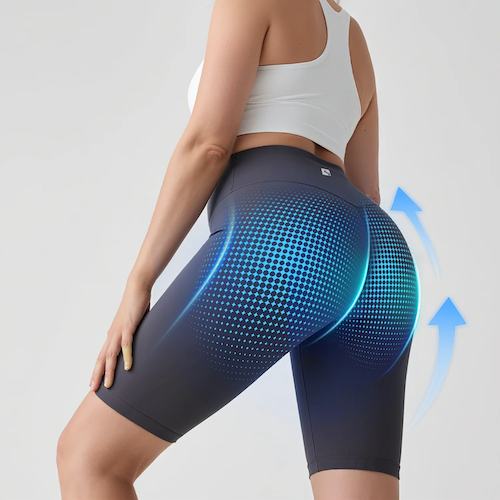
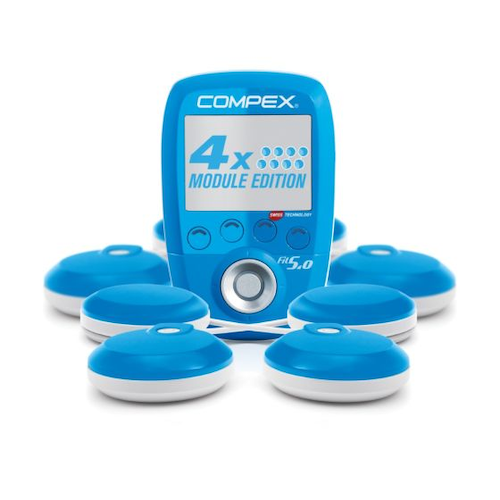



![2025 Best Red Light Therapy Devices [Reviewed & Ranked]](http://swirise.com/cdn/shop/articles/10_67ee382d-1cfe-4af2-9bc8-5d94fdb2296e.png?v=1753933551&width=1500)
![2025 Best Red Light Therapy Cap [Reviewed & Ranked]](http://swirise.com/cdn/shop/articles/4_5cca7e60-5db9-41e2-8230-7bd6330bcc0b.png?v=1753355272&width=1500)